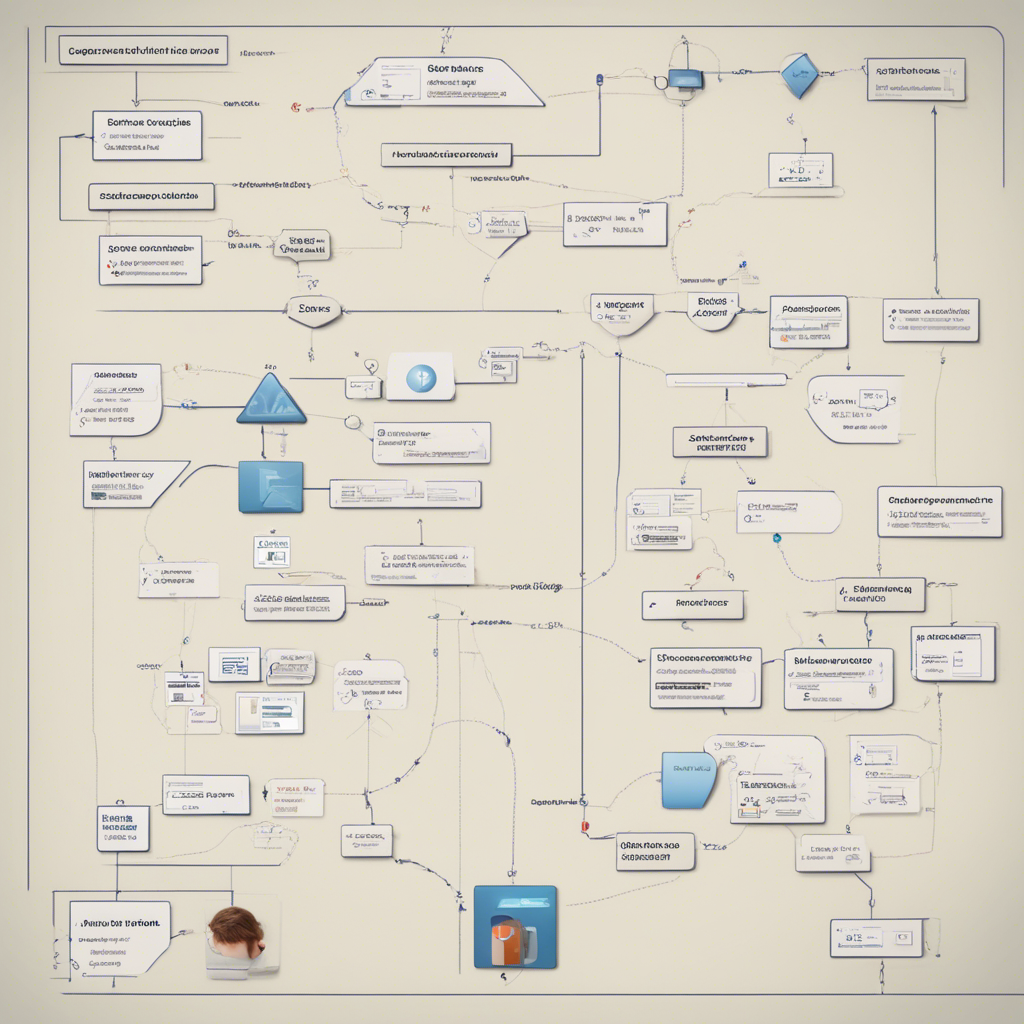
The Economics of Open Source Software: How Collaboration Drives Innovation and Value
Open source software (OSS) has revolutionized the world of technology, democratizing access to high-quality software and fundamentally changing the way we create and consume digital services. This blog post delves into the economics behind open source software, exploring the motivations and benefits for individuals, businesses, and society as a whole. Join us on this fascinating journey as we uncover the hidden gems of this collaborative movement.
Understanding Open Source Software
Open source software refers to computer programs whose source code is freely available for anyone to view, modify, and distribute. Unlike proprietary software, where access to the source code is restricted, open source software fosters a community-driven approach to development. This model encourages collaboration, transparency, and innovation, as it allows developers worldwide to contribute their expertise, collectively improving the software over time.
The Origins of Open Source Software
The open source software movement emerged in the late 1990s as a response to the growing dominance of proprietary software. Individuals and communities of developers began to realize the potential of creating software that could be freely shared and improved upon, enabling a decentralized ecosystem of innovation.
The Economics of Open Source Software
Cost Savings
One of the most obvious advantages of open source software is its cost-saving potential. By leveraging OSS, businesses and individuals can avoid hefty licensing fees, lowering their upfront investment. Furthermore, companies can repurpose OSS components, reducing redundancy and streamlining development efforts, ultimately leading to considerable cost savings.
Quality and Reliability
Contrary to conventional wisdom, open source software often surpasses its proprietary counterparts in terms of quality and reliability. A vibrant community of developers, constantly reviewing, testing, and contributing to OSS projects, serves as a quality assurance mechanism. This collaborative approach allows for swift bug fixes and security patches, resulting in more stable and secure software. Additionally, as the source code is accessible to all, the OSS community enjoys greater transparency, enabling identification and resolution of issues more effectively.
Customization and Adaptability
Open source software provides unparalleled levels of customization and adaptability. Organizations can tweak the code to suit their specific needs, tailoring the software to their unique requirements. This flexibility empowers businesses to differentiate their offerings and gain a competitive advantage.
Rapid Innovation and Iteration
OSS promotes rapid innovation and iteration in software development. Collaboration and open sharing of ideas enable the constant evolution of software, fostering breakthroughs and advancements at an accelerated pace. With a global community of contributors, diverse perspectives converge to generate novel solutions and push the boundaries of what is possible.
Ecosystem Effects
The economic impact of open source software extends beyond individual companies and projects. A thriving OSS ecosystem drives job creation, stimulates entrepreneurship, and fuels economic growth. By enabling broader access to technology, open source fosters innovation and levels the playing field, providing opportunities for startups and small businesses to compete with industry giants. Furthermore, OSS promotes interoperability and reduces lock-in, allowing businesses to seamlessly integrate different technologies and choose the best-in-class solutions for their specific needs.
Sustainable Models in Open Source Software
While open source software offers numerous benefits, the question of sustainability remains crucial. Developers and companies need incentives to contribute their time, expertise, and resources to open source projects, ensuring the continued growth and maintenance of software.
Dual Licensing
Dual licensing models have emerged as a viable option for sustaining open source projects. In this approach, software is made available under both an open source license and a commercial license. Businesses requiring additional features or support can opt for the commercial license, providing financial support to the project while still benefiting from the open source community.
Service and Support
Another sustainable model revolves around providing services and support on top of open source software. Companies can generate revenue by offering consulting, training, integration, and maintenance services. This approach allows businesses to leverage their expertise and establish themselves as trusted partners within the open source ecosystem.
Crowdfunding and Donations
Crowdfunding and donations have proven successful in sustaining open source projects. Individuals and organizations passionate about a particular OSS project can contribute financially to ensure its continued development and maintenance. Platforms like Kickstarter, Patreon, and Open Collective have facilitated this model of direct community support.
The Future of Open Source
Open source software shows no signs of slowing down, with its popularity and adoption continuing to rise. In recent years, major technology companies, including Microsoft, IBM, and Google, have embraced open source, recognizing its strategic importance and the value of community-driven development. This trend indicates a paradigm shift, where collaboration and openness are fast becoming the norm in the software industry.
As open source software evolves, there are exciting possibilities on the horizon. Artificial intelligence, blockchain, and internet of things are areas where OSS is likely to play a vital role. The collaborative nature of open source is uniquely suited to solving complex challenges, and these emerging technologies will undoubtedly benefit from the global collaboration of the OSS community.
Conclusion
Open source software has transformed the economics of software development, ushering in a new era of collaboration and innovation. By harnessing the power of a global community of developers, open source projects have proven their value, providing cost savings, superior quality, customization, and rapid innovation. Sustainable models have emerged to support the ongoing development and maintenance of open source software, ensuring its long-term viability. As the open source movement continues to evolve and gain momentum, it promises an exciting future, where collaboration and openness drive technological advancements and benefit society as a whole.
References:
- Raymond, E. S. (1998). “The Cathedral and the Bazaar: Musings on Linux and Open Source by an Accidental Revolutionary.” Knowledge, Technology & Policy, 11(3), 93-121.
- Goldman Sachs. (2018). “The Long-Term Viability of the Open Source Model.” https://www.goldmansachs.com/insights/pages/open-source/
- Bonaccorsi, A., & Rossi, C. (2003). “Why open source software can succeed.” Research Policy, 32(7), 1243-1258.
- Colazo, M. (2010). “The Economics of Open Source Software.” Journal of Cyber Security and Mobility, 1(4), 255-288.
- West, J. (2003). “How Open Is Open Enough?: Melding Proprietary and Open Source Platform Strategies.” Research Policy, 32(7), 1259-1285.






